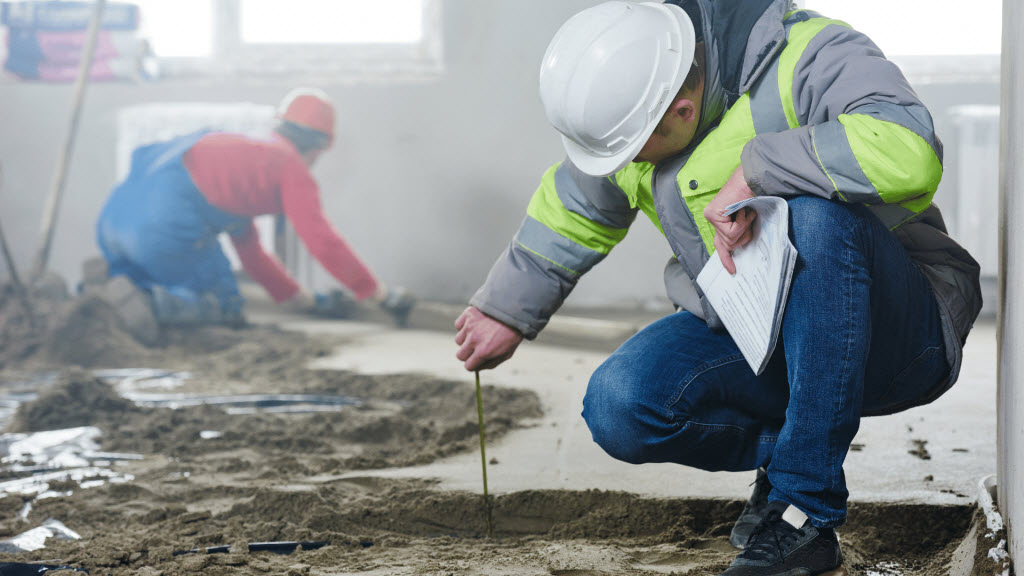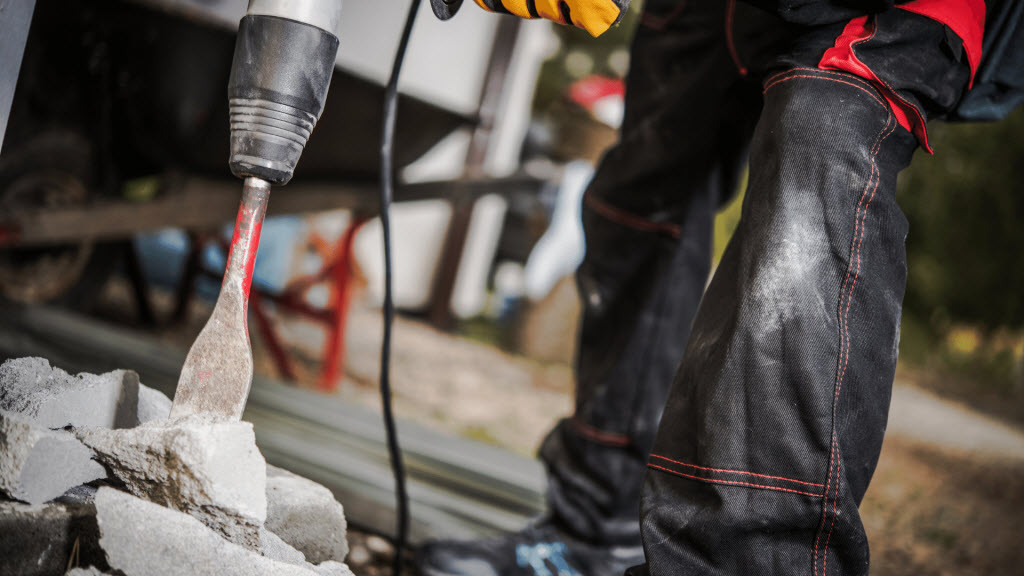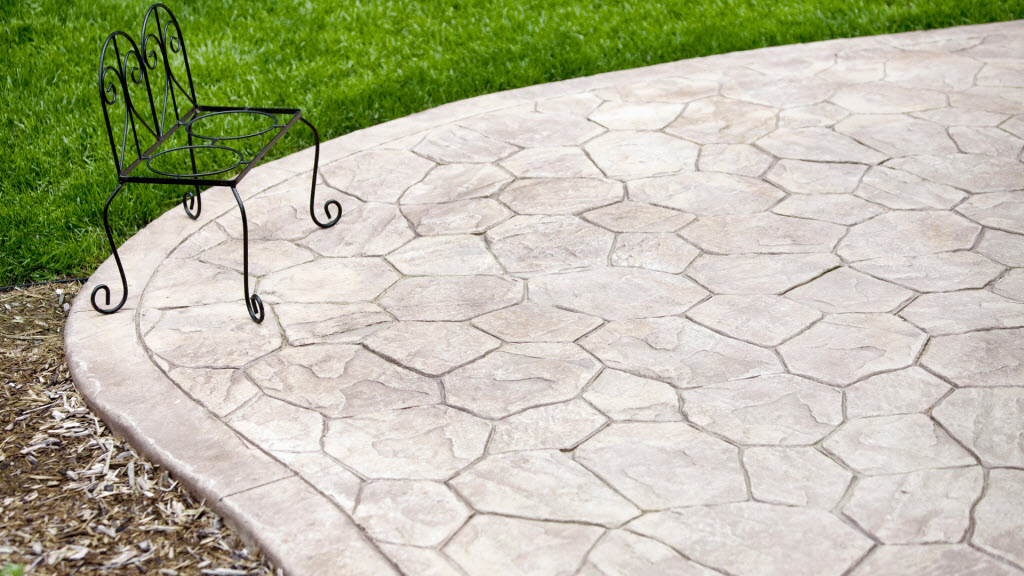working out m3 of concrete
Even the most weathered driveway can be resurfaced by adding a layer of concrete.
yard of concrete
Reading more is a good place to start. Regular reading will improve vocabulary and grammar. A journal or blog is also a good option. Be open to trying different styles of writing. Don't be afraid or embarrassed to make mistakes. The more you practice writing, the better you will be.
driveway contractorsExposed aggregate refers to concrete with a smooth surface covered in stones and pebbles. It comes from Toowoomba, Australia.

Even the most weathered driveway can be resurfaced by adding a layer of concrete.
A high-quality patio slab is a great way to have fun on your patio. ABC Stone is proud to carry only the very best. Our patio slabs are made from durable materials that can withstand the elements, and last for many years.


Joe's Paving specializes in residential driveways. We understand that first impressions are important. Therefore, we will work with you to create a paved surface which enhances your home's curb appeal. We'll ensure it lasts for many years and can withstand all the elements.
We must take concrete steps to reach our goals. These steps must be planned and well-thought out. This will increase your chances of success.

Pavecoat is an asphalt surface coating. It acts as a protective layer and helps extend pavement life. Pavecoat is available as a variety in colors to help you customize the appearance of your asphalt pavement.

If you use too much cement in concrete, it can adversely affect the strength and durability of the final product. The amount of cement in a concrete mix is typically expressed as a "cement to sand ratio" or a "cement to aggregates ratio". A higher-than-normal cement ratio means that there will be more cement paste surrounding the individual aggregate particles, which can make the concrete weaker and more susceptible to cracking. Conversely, using too little cement will also lead to substandard concrete; in this case, the mixture will be more likely to experience shrinkage cracking as it dries. It's therefore important to get your proportions right when making concrete, in order to ensure a high-quality final product.
The answer to this question depends on a few factors, including the type of concrete, the weather conditions during and after the pour, and the thickness of the reinforcing bars (rebar). In general, however, a minimum thickness of 4 inches is recommended.
If you are looking for a more specific answer, it is best to consult with a professional engineer.
Adding cement to concrete does indeed make it stronger. cement is a hydraulic binder, meaning it binds well with water. This makes it ideal for use in concrete, as the water helps to activate the chemical process that makes concrete harden. The more cement you add, the stronger your concrete will be.
That being said, there is such a thing as too much cement. Too much cement can actually weaken concrete, as it causes the paste to become too fluid and accelerates the hydration process, leading to cracks and shrinkage. So while adding cement will make your concrete stronger, be sure not to add too much or you could do more harm than good!